
Ingredient
Hibyscus flavour
"The Vibrant Essence: Exploring the Delightful Hibiscus Flavor"
Known for its striking red color and tart flavor, hibiscus flavor is derived from the petals of the hibiscus flower. It offers a delightful balance of floral and citrus notes, with a slightly tangy and refreshing taste. The flavor is often described as reminiscent of cranberries or raspberries, with a hint of lemon. Its appearance adds a visually appealing touch to dishes, with its deep red hue. The flavor is available in various forms, including extracts, syrups, and dried petals, making it convenient to incorporate into different recipes.
Origins and history
Hibiscus flavor has a rich history and cultural significance in many parts of the world. The hibiscus flower is native to tropical regions and has been used for centuries in traditional medicine and culinary practices. It has been enjoyed in beverages like hibiscus tea, which is popular in many cultures, including Mexico, Egypt, and Sudan. In addition to its culinary uses, hibiscus has been valued for its medicinal properties, believed to have benefits for heart health and digestion.
Nutritional information
Hibiscus flavor is low in calories and fat, making it a guilt-free addition to recipes. It is also a good source of vitamin C and antioxidants, which contribute to overall health and well-being.
Allergens
There are no known allergens associated with hibiscus flavor.
How to select
When selecting hibiscus flavor, look for reputable brands that offer high-quality extracts or syrups. For dried hibiscus petals, choose ones that are vibrant in color and have a strong aroma. Avoid any products that appear dull or have a stale smell.
Storage recommendations
To maintain the freshness and quality of hibiscus flavor, store it in a cool, dry place away from direct sunlight. If using dried hibiscus petals, store them in an airtight container to prevent moisture absorption.
How to produce
While it may be challenging to produce hibiscus flavor at home, you can grow hibiscus plants in your garden or in pots. Harvest the petals and dry them to create your own dried hibiscus petals, which can be used to infuse flavor into various recipes.
Preparation tips
To use hibiscus flavor, add a few drops of the extract or syrup to beverages like lemonade, cocktails, or iced tea for a tangy twist. It can also be incorporated into desserts such as sorbets, ice creams, or baked goods for a unique flavor. When using dried hibiscus petals, steep them in hot water to make a flavorful tea or infuse them in syrups for a floral touch.
Culinary uses
Hibiscus flavor is commonly used in beverages such as teas, cocktails, and lemonades. It can also be used to enhance the flavor of desserts like sorbets, ice creams, and baked goods.
Availability
Hibiscus flavor is commonly available in most grocery stores, specialty food stores, and online retailers. It is cultivated in various regions, including tropical and subtropical areas.
More ingredients from this category » Browse all
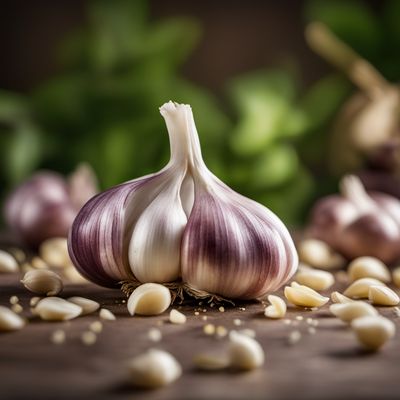
Garlic flavour
The Aromatic Allium Essence
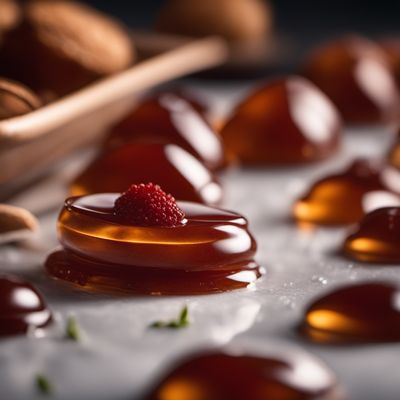
Marsala flavour
The Enchanting Essence of Marsala

Cucumber flavour
"Cool and Refreshing: Exploring the Delicate Essence of Cucumber Flavor"
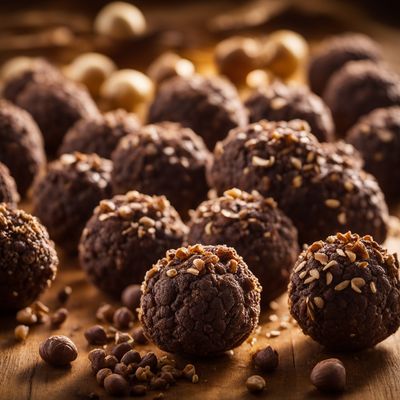
Truffle flavour
The Essence of Earthly Delight
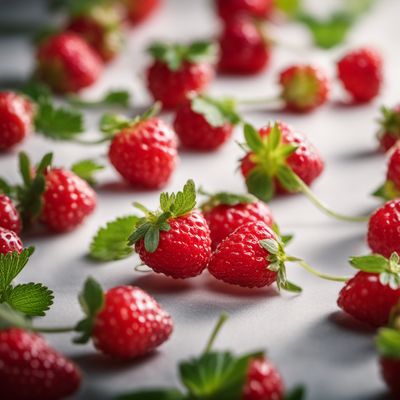
Wild strawberry flavour
The Essence of Wild Delight
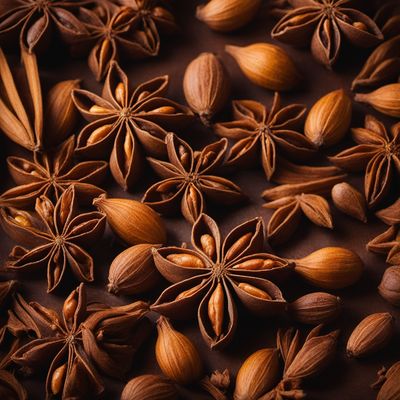
Anise flavour
Anise: The Licorice-Like Aromatic Herb
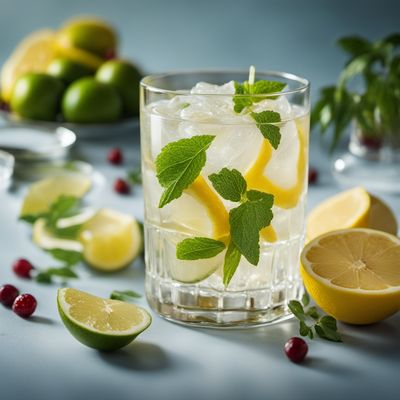
Gin flavour
The Essence of Gin

Artichoke flavour
"The Delicate Essence: Exploring the Subtle Flavors of Artichoke"
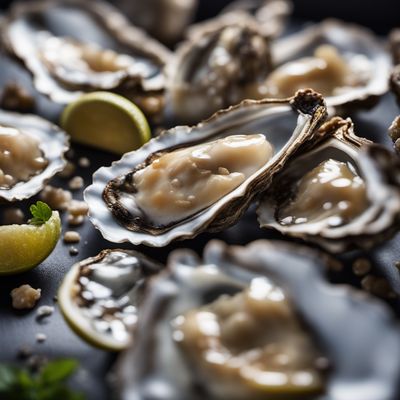
Oyster flavour
"The Ocean's Umami: Exploring the Delicate and Savory Oyster Flavour"
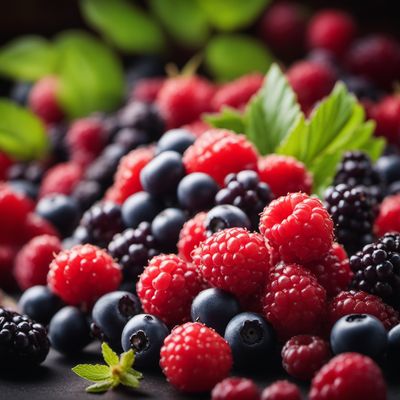
Berries flavour
"Nature's Burst of Berry Bliss"

Mustard flavour
The Zesty Essence: Mustard Flavour
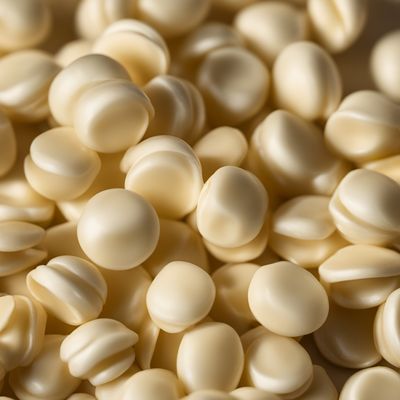
Vanilla flavour
The Sweet Essence: Unveiling the Magic of Vanilla Flavour